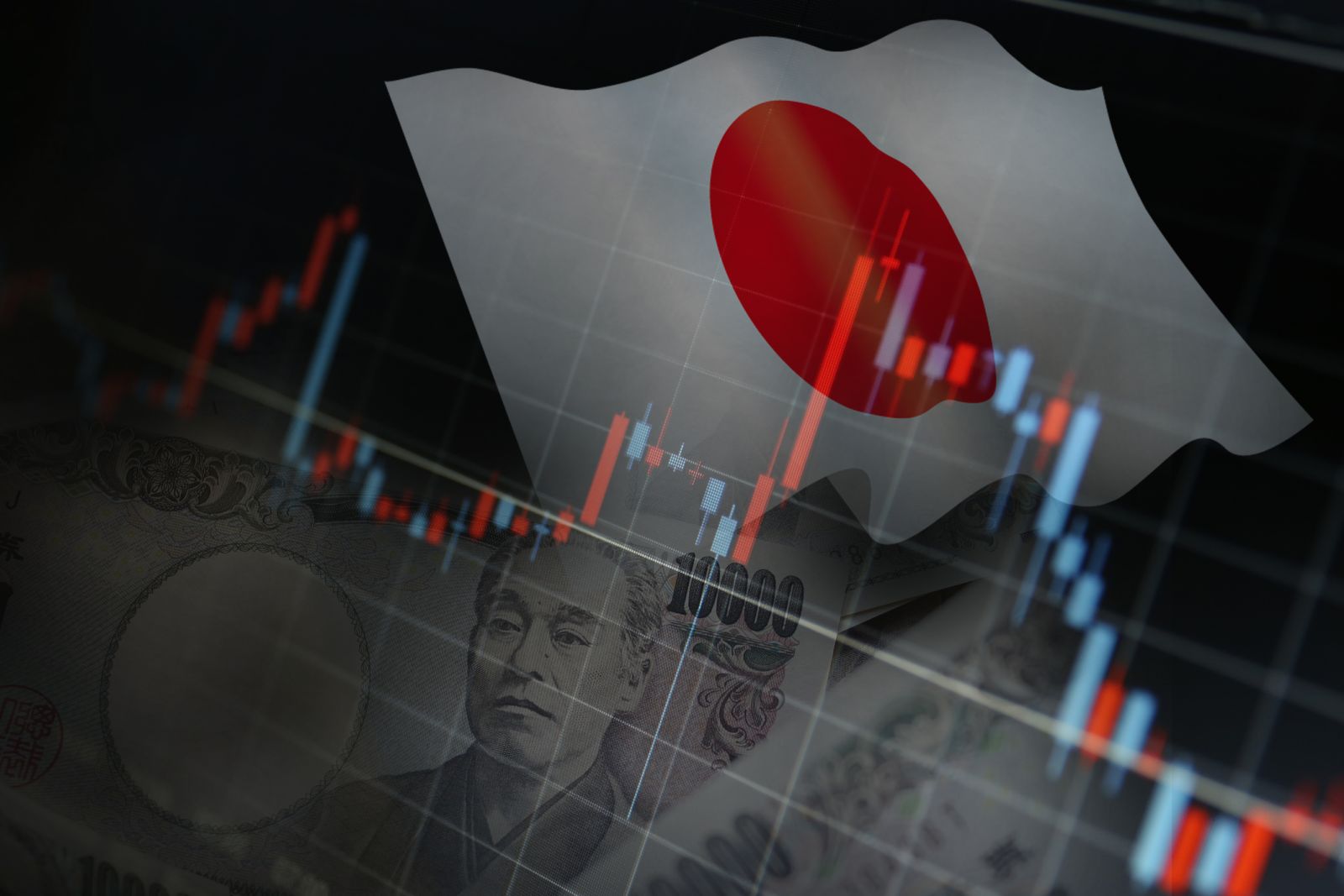
The Japanese economy is known as a global powerhouse, driven by cutting-edge innovations in electronics and automotives. However, earlier this year, Japan slipped behind Germany to become the fourth-largest economy in the world, as its gross domestic product (GDP) was pressured into recessionary territory by a softer currency and aging population. In fact, Japan has consistently struggled to drive meaningful economic growth like the kind it enjoyed in the 1970s and '80s. In the ensuing years, the benchmark Nikkei 225 Index ($NKY) remained stuck, for what became referred to as the “Lost Decades," beneath its longtime peak from December 1989.
However, the Japanese stock market is back on the path to new highs in 2024 - and weakness in the yen (USDJPY) is a key driver. As the weak yen looks set to boost earnings for exporters, sentiment among Japanese manufacturers improved in the June quarter, coming in higher than the economists' forecast, per the closely followed quarterly tankan survey by the Bank of Japan. Against this backdrop, the Nikkei 225 is comfortably outperforming the S&P 500 Index ($SPX) in 2024, with Japan's equity benchmark up 22.3% YTD, compared to the S&P 500's 16.7% rise.
For U.S. investors looking to capitalize on this favorable environment for Japanese exporters, here's one top ETF to consider.
About iShares MSCI Japan ETF
Launched in 1996, the iShares MSCI Japan ETF (EWJ) is backed by the world's largest asset manager, BlackRock (BLK), through its subsidiary iShares. This ETF tracks the investment results of the MSCI Japan Index, which means it holds a basket of stocks representing Japanese equities. Offering exposure to over 200 Japanese large and mid-cap stocks, its assets under management (AUM) are currently at $15.85 billion, making it the largest Japan-focused ETF.
Shares of EWJ are up 9.1% on a YTD basis. The fund also offers a dividend yield of 2%, and carries a management fee of 0.5%.

With an average daily volume of 4.53 million shares, EWJ is extremely liquid, making it easy to enter and exit trades at favorable prices. EWJ is optionable, too, for investors interested in hedging or speculating on the group.
EWJ's Top Holdings
EWJ's top holdings are tilted heavily toward stocks that are household names not just in Japan, but globally - including Toyota (TM) at 6.65%, Sony (SONY) at 2.69%, and Hitachi (HTHIY) at 2.1% - which derive the majority of their revenue from exports. As the weaker yen makes Japanese exports cheaper in the U.S. - a major market for many of these companies - the result is higher earnings and revenue.
More broadly, EWJ's heavy exposure (28%) to Japanese industrial companies, especially auto parts makers, should give the fund an overall boost from the soft yen.
More Bullish Catalysts for Japan
And looking beyond the yen, Japanese exports have also been strengthened by rising semiconductor equipment demand. Notably, the March quarter saw the country reporting its fourth consecutive quarter of export growth, boosted largely by the strong sales of semiconductor manufacturing equipment meant for China. Longer term, the Japanese semiconductor market is projected to reach a size of $107.63 billion by 2032, up significantly from $42.86 billion in 2022.
Separately, the strength in Japan's stock market has also been fueled by corporate governance reforms. The Tokyo Stock Exchange now requires all listed companies, even on the Standard Market, to disclose plans for boosting their price-to-book ratio above 1 and outline their capital allocation strategy, emphasizing shareholder value. Additionally, the exchange is tackling cross-shareholding, a practice where companies hold shares in each other, often within the same industry.
Given this backdrop, now could be an opportune time to bet on more upside to come for some of Japan's biggest stocks, and EWJ could be the simplest way to play the theme.
On the date of publication, Pathikrit Bose did not have (either directly or indirectly) positions in any of the securities mentioned in this article. All information and data in this article is solely for informational purposes. For more information please view the Barchart Disclosure Policy here.






